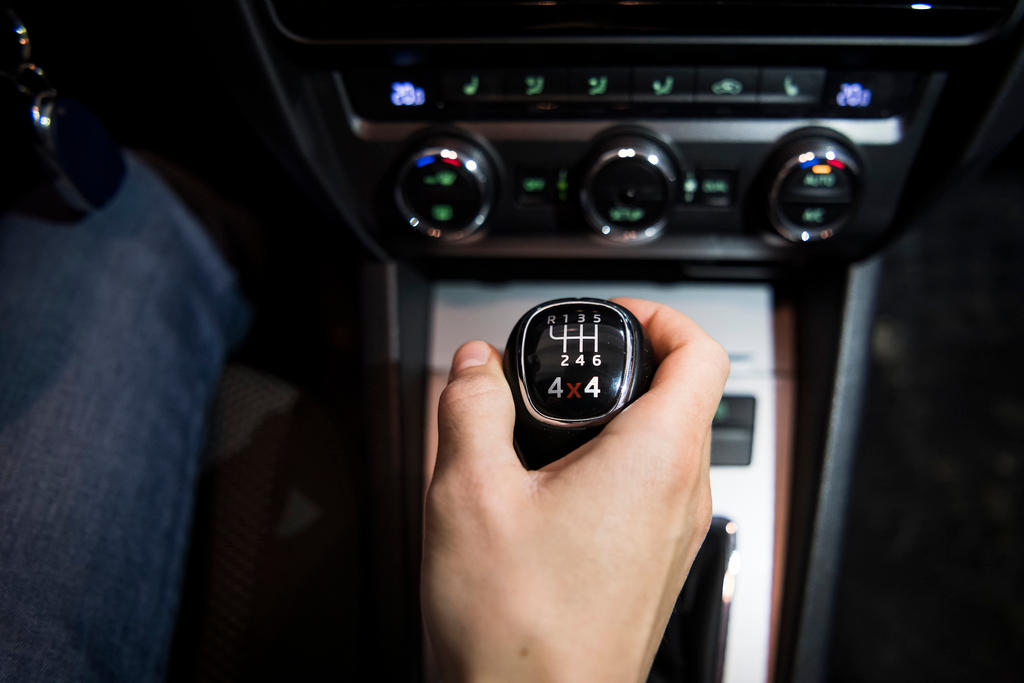
Swiss gear up for change to driving licence law

From February 1 whoever passes their Swiss driving test in an automatic vehicle is also allowed to drive a manual car. Not everyone is happy about this, saying it could be dangerous. But is it actually a problem, given that the days of stick-shift cars appear to be numbered?
Until now most aspiring drivers sit their test in a manual, allowing them, if they pass, to drive manuals as well as automatics. But pass your test in an automatic and you’re limited to automatics.
+ More information on driving in Switzerland
No longer. There’s now no difference between the two tests. Get your automatic driving licence and you can get behind the wheel of a manual transmission – even if you’ve never touched a gear stick before.
It’s likely that most students will opt for an automatic licence, since automatics are easier to handle and therefore fewer lessons are needed, saving money.
But this change of law, approved by the governmentExternal link in December, has triggered heated discussions about safety.

More
How safe are new rules on driving tests?
However, the debate might fizzle out by itself, given that manual cars seem a dying breed, as the United States shows. There, automatics have been in the majority since the 1950s, and nowadays less than 5% of new cars sold are manual.
The US manual market has dwindled to such an extent that Audi last year announced it would stop selling manual transmissionsExternal link in the US and Canada from 2019. Stick shifts are also rare in other big countries such as China and Japan.
For many years Europe preferred manuals. But the situation there is changing too. France is particularly resistant to automatics, which made up only 3% of new vehicle registrations in 1995 although this figure had increased to 29% by last year.
The trend is similar in Switzerland. Automatic cars represented 19% of new cars in 1990, 26% in 2000 and almost 45% today.
Automatics used to be considered heavier, less reliable, more expensive or less fuel efficient than manuals. While it’s true that automatics remain slightly more expensive, the other arguments no longer hold because of technical progress by car makers.
Other factors that explain the growing success of automatics is that, on increasingly congested roads, it’s much more comfortable to not have to constantly fiddle with the gear stick or press down on the clutch. What’s more, electric cars, which are increasingly popular, are only available as automatics.
(Translated from French by Thomas Stephens)

In compliance with the JTI standards
More: SWI swissinfo.ch certified by the Journalism Trust Initiative































You can find an overview of ongoing debates with our journalists here . Please join us!
If you want to start a conversation about a topic raised in this article or want to report factual errors, email us at english@swissinfo.ch.